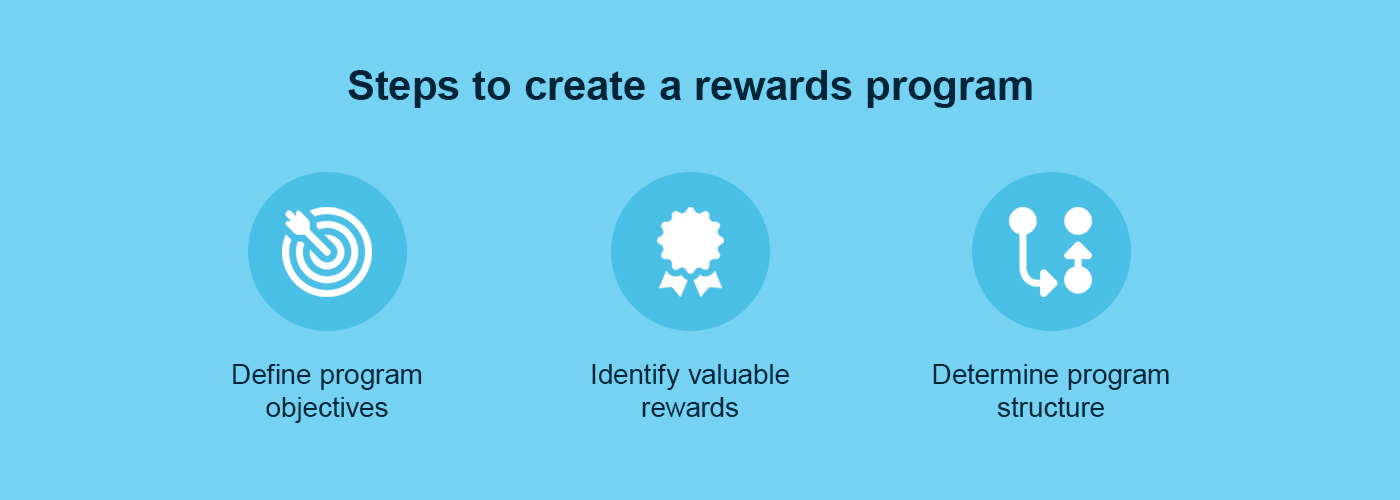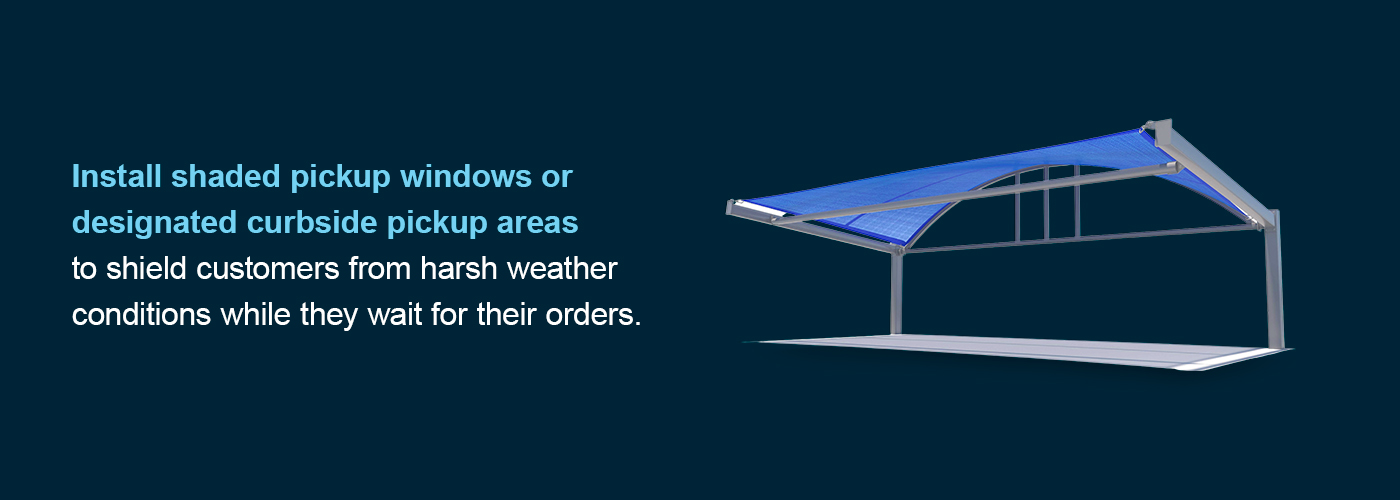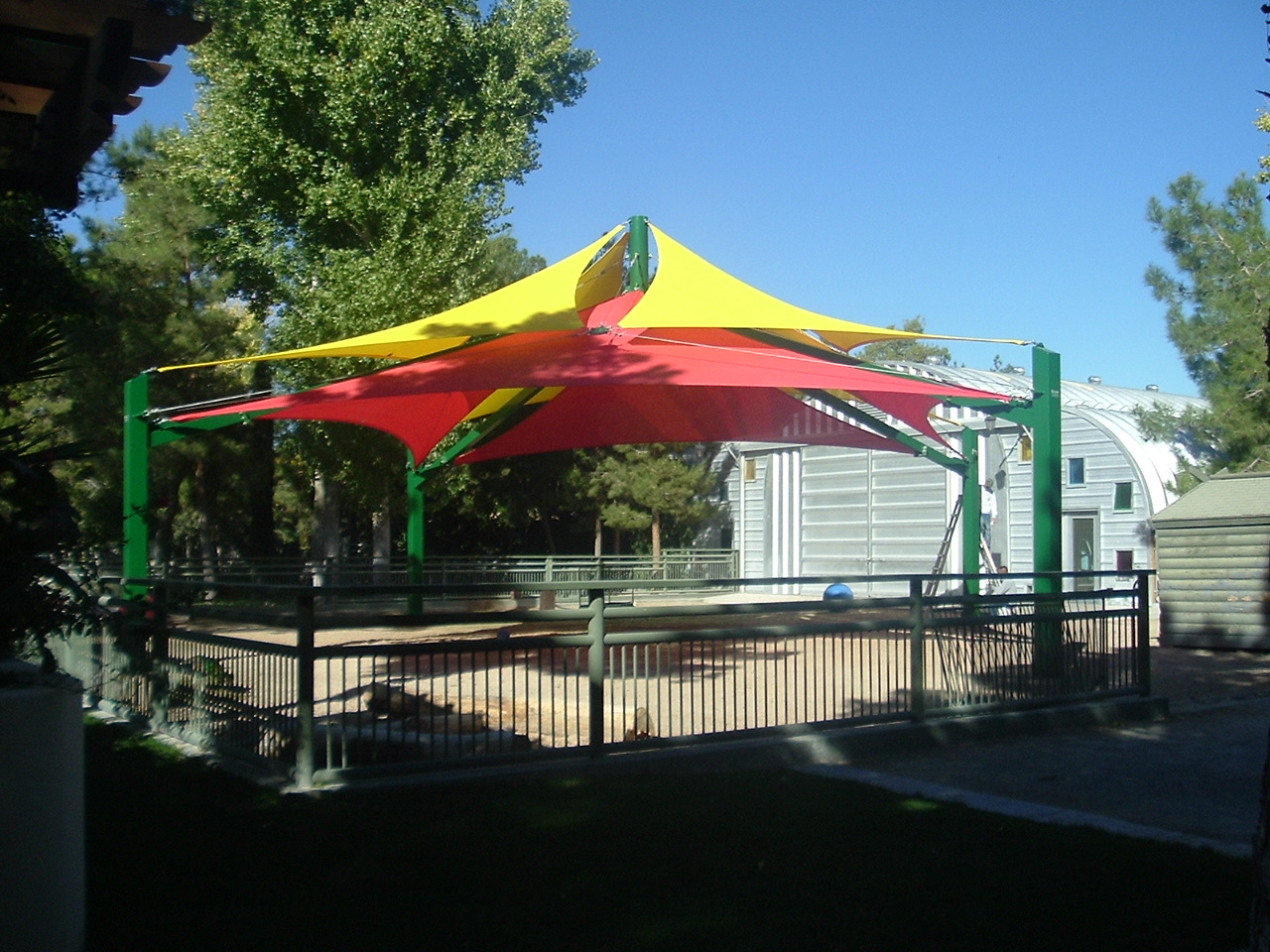WAYS TO IMPROVE YOUR BUSINESS RETAIL STRATEGY
In today’s rapidly evolving business landscape, it has become imperative for companies to constantly update and improve to stay competitive and know how to improve their business retail strategy. A stagnant retail strategy can hinder growth, limit customer engagement and leave businesses vulnerable to market disruptions.
By adapting to emerging trends, leveraging new technologies and focusing on customer-centric approaches, you can revitalize your retail strategy and position your business for long-term success in the dynamic world of retail.
1. Identify What Customers Want
To know how to increase retail sales, understand what your customers truly want. By identifying their needs, you can tailor your offerings to meet their expectations and gain a competitive edge in the market.
- Conduct market research: Gather data on consumer behavior, preferences and trends within your target market. Analyze existing market research reports, industry publications and competitor analyses. Additionally, consider conducting surveys, interviews and focus groups to directly engage with your customers and gain valuable insights into their motivations, expectations and pain points. You can better understand your customer’s preferences by leveraging qualitative and quantitative research methods.
- Utilize customer feedback: Another valuable source of information about what your customers want is their feedback. Encourage customers to provide feedback through various channels, such as online surveys, customer service interactions and social media platforms. Actively listen to their comments, suggestions and complaints, as they can offer valuable insights into their needs and expectations. Pay attention to recurring themes or patterns in the feedback and use that information to make data-driven decisions when refining your retail strategy.
- Leverage social media: Monitor and engage with conversations related to your brand, products and industry on platforms like Facebook, Twitter and Instagram. Pay attention to comments, mentions and hashtags associated with your business to gauge customer sentiment and identify emerging trends. Social media listening tools can help you analyze the data efficiently, providing you with real-time insights into what your customers are talking about and what matters most to them.
- Analyze purchase data: Leverage data analytics tools to analyze customer purchase patterns. This analysis can reveal trends, identify cross-selling or upselling opportunities and help you personalize your offerings based on individual customer preferences.
- Foster personalized communication: Implement personalized communication strategies, such as targeted email campaigns and personalized recommendations based on customer preferences and browsing history. By leveraging customer relationship management (CRM) systems, you can track customer interactions, tailor your messaging and create meaningful connections.
- Adjust your processes to the feedback: Tailor the retail experience to cater to specific customer desires, such as offering a personalized shopping experience for smaller shops, providing free shipping or delivery options, implementing loyalty programs or prioritizing speed and convenience.
2. Ensure Your Sales Associates Are Well-Trained


Your sales associates are the face of your business. They directly interact with customers and represent your brand. They drive sales and customer satisfaction. Ensure your sales associates are well-trained with the necessary skills and knowledge to deliver exceptional customer experiences.
Equip your sales associates with customer service excellence, sales techniques, technological proficiency and essential soft skills. Remember, continuous training, feedback and ongoing development ensure your sales associates stay motivated, engaged and ready to meet your customers’ evolving needs and expectations.
Comprehensive Product Knowledge
Provide your associates with comprehensive product knowledge. They’ll be well-versed in each product’s features, benefits and unique selling points in your inventory. This knowledge empowers them to confidently engage with customers, answer their questions and make relevant product recommendations. Regular training sessions, product demonstrations and hands-on experiences can help sales associates deepen their understanding and become product experts.
Customer Service Excellence


Train sales associates to deliver outstanding customer service consistently. Provide them with the necessary skills to actively listen to customers, understand their needs and provide tailored solutions. Focus training on developing empathy, effective communication and problem-solving abilities. Role-playing scenarios and case studies can be effective tools to simulate real-world customer interactions and hone customer service skills.
Sales Techniques and Upselling
Equip your sales associates with proven sales techniques to maximize sales opportunities. This includes training them on effective selling strategies, such as building rapport, overcoming objections and closing sales. Teach them the art of upselling and cross-selling to increase average order values and enhance customer satisfaction.
Soft Skills Development
Beyond product knowledge and sales techniques, emphasize developing essential soft skills among your sales associates. These include effective communication, active listening, problem-solving, adaptability and teamwork. Encourage ongoing training and professional development opportunities to enhance these skills, which are helpful for building strong customer relationships and providing a positive in-store experience.
3. Create a Rewards Program


A rewards program can be a powerful tool for enhancing customer loyalty. By implementing a well-designed rewards program, you can incentivize customer engagement, increase customer lifetime value and differentiate your business from competitors.
A well-designed rewards program benefits your customers by providing them with tangible incentives. Your business can stand out in a competitive market and build a loyal customer base that supports your growth and success.
When you create a rewards program, take these steps:
- Define program objectives: Determine what you aim to achieve through the program, whether it’s increasing customer retention, driving higher average order values or encouraging customer referrals. By establishing specific goals, you can design a rewards program that aligns with your business objectives and provides tangible benefits to your customers.
- Identify valuable rewards: To create a compelling rewards program, identify valuable and desirable rewards for your target customers. Consider offering a variety of rewards, such as discounts, free merchandise, exclusive access to events or sales, early product releases or personalized offers. Conduct market research or gather customer feedback to gain insights into the rewards that resonate most with your customer base.
- Determine program structure: Common structures include points-based systems, tiered programs or cashback options. Points-based systems allow customers to earn points for purchases, which can later be redeemed for rewards. Tiered programs offer different levels of benefits based on customer loyalty, with higher tiers unlocking more exclusive rewards. Cashback programs give customers a percentage of their purchase value back as credits or discounts.
Implement User-Friendly Technology
Implement a digital platform, such as a mobile app or online portal, where customers can easily track their progress, view available rewards and redeem points. Integrate this technology with your point-of-sale system to automate earning and redemption.
Measure and Optimize
Regularly measure the performance of your rewards program to identify areas for improvement. Track key metrics, such as customer participation rates, redemption rates and the impact on customer retention and sales. Analyze customer feedback and behavior to gain insights into program effectiveness and identify opportunities for optimization. Adjust your program based on these insights, whether it’s introducing new rewards, modifying point-earning structures, or addressing customer concerns.
4. Focus on Marketing
You can attract and engage customers by effectively promoting your products or services.
Online Marketing


In today’s digital era, online marketing is crucial for reaching a wide audience and driving customer engagement. It offers several advantages, including:
- Expanded reach: Online marketing allows you to reach customers beyond your local area and tap into a global market. You can expand your brand’s reach and attract customers from different regions through search engine optimization (SEO), pay-per-click (PPC) advertising, content marketing and social media marketing.
- Cost-effectiveness: Unlike traditional marketing channels, online marketing offers more cost-effective options. Digital advertising platforms allow you to set flexible budgets, target specific demographics and track campaign performance, ensuring you optimize your marketing spend.
- Personalization: Online marketing lets you personalize your messaging and offers based on customer data and behavior. Tailored experiences resonate with individual customers, increasing engagement and conversions.
In-Store Marketing
In-store marketing is equally important in creating a cohesive customer experience. This marketing approach provides these unique benefits that online channels may not offer:
- Tangible experience: In-store marketing allows customers to interact physically with your products or services, fostering a tactile and sensory experience that can influence purchasing decisions. Your business can captivate customers and enhance their connection with your brand through visually appealing displays, product demonstrations and interactive elements.
- Immediate gratification: In-store shopping offers the advantage of immediate gratification, where customers can purchase and enjoy products instantly. By emphasizing this benefit and creating a seamless checkout process, your business can capitalize on the desire for instant satisfaction and encourage impulse purchases.
- Personalized assistance: In-store marketing facilitates direct, face-to-face interactions with sales associates who can provide personalized assistance, answer questions and make product recommendations. This human touch can build trust, strengthen customer relationships and create a positive shopping experience.
Local Marketing


Local marketing strategies target customers within your business’s immediate community or geographic area. Benefits of local marketing include:
- Community engagement: By actively participating in local events, sponsorships and partnerships, you can showcase your business’s commitment to the community. This engagement fosters a sense of loyalty among local customers, who may prioritize supporting local businesses.
- Word-of-mouth recommendations: Local marketing can carry significant weight in influencing purchasing decisions. Encourage customer reviews, testimonials and referrals and leverage local directories like Google My Business to boost your brand’s visibility within the local market.
5. Promote Your Brand
Promoting your brand creates awareness, builds customer loyalty and establishes a strong market presence. An effective brand promotion strategy helps differentiate your business from competitors, enhances brand recognition and influences customer purchasing decisions. As you promote your brand, keep these factors in mind:
- Brand identity: Clearly articulate your brand values, mission and unique selling propositions. Develop a strong brand voice and visual identity that resonates with your business’s target audience. Consider using branding techniques throughout your retail, from the shade structures outside to the inside shop.
- Content marketing: Create valuable, informative, entertaining content that aligns with your brand’s values and resonates with your business’s audience. Content can include blog posts, articles, videos, infographics, podcasts and social media content. Distribute content through various channels and platforms to reach a wider audience and establish your brand as a trusted source of information.
- Social media marketing: Establish a presence on platforms that align with your business’s target demographic and industry. Share engaging content and interact with followers to advertise and expand your reach.
6. Focus on Customer Personalization


Personalization has increased in the retail industry as customers seek tailored experiences that cater to their unique preferences and needs. By focusing on customer personalization, businesses can deepen customer engagement, foster loyalty and drive sales. To personalize the customer experience, your business can:
- Gather and leverage customer data: Collect data through touchpoints such as website interactions, purchase history, social media engagement and customer surveys. Analyze this data to gain insights into customer behavior, preferences and patterns. Utilize CRM systems and data analytics tools to segment customers into groups based on demographics, purchase history or interests.
- Personalize product recommendations: Use customer data to create personalized product suggestions based on their browsing and purchase history. Implement recommendation algorithms on your website or through email marketing to showcase products that align with their preferences. Consider using dynamic content that updates in real-time based on customer behavior.
- Customize marketing communications: Utilize their names in email subject lines or greetings to create a personalized touch. Send personalized offers, discounts or promotions relevant to each customer’s interests.
- Make interactive and personalized content: Implement quizzes, assessments or interactive product selectors that provide personalized recommendations based on customer responses. Develop personalized content such as how-to videos and blog posts that address specific customer needs or interests. Your business can establish a stronger connection with customers by delivering content that speaks directly to their preferences.
- Enhance customer service: Extend personalization to customer service interactions. Train customer service representatives to access customer profiles and previous interactions to provide a personalized experience. Equip them with the tools to address customer inquiries or concerns efficiently and effectively. Utilize chatbots or AI-powered customer service tools to offer personalized assistance at scale, ensuring customers feel valued and supported.
7. Know Your Business’s Peak Hours and Prepare for Them
By identifying the busiest periods, your business can allocate resources effectively, streamline processes and ensure your business is well-prepared to handle the influx of customers.
Analyze historical sales and foot traffic data to identify patterns and trends. Look for consistent peaks and valleys in customer activity throughout the day, week and month. This analysis will help you pinpoint the specific hours or timeframes when your business experiences the highest customer volume. Consider using point-of-sale systems, foot traffic counters and other data analytics tools to collect and analyze this valuable information.
With peak hours in mind, you can:
- Adjust staffing: Adjusting staffing, rescheduling and streamlining operations ensures your business is well-equipped to handle the busiest periods. Meeting customer needs and expectations during peak hours can maximize sales opportunities, build customer loyalty and set your business up for long-term success in the retail industry.
- Reorganize your layout: Optimize your store layout and flow to accommodate the increased customer flow during peak hours. Arrange displays and aisles to facilitate easy navigation and prevent congestion. Create designated areas for high-demand products or promotions to avoid crowding in specific store sections. Implement line management systems or strategies, such as multiple checkout lines or self-checkout options, to minimize customer wait times and improve the shopping experience.
- Improve your strategy regularly: Continuously monitor customer activity and feedback during peak hours to identify areas for improvement. Encourage customers to provide feedback and use these responses to adjust. Regularly review and update your business’s strategies based on changing customer preferences or market conditions.
8. Offer New Products and Services


Introducing fresh offerings piques customer interest, expands your business’s market reach and provides opportunities for increased sales. You can successfully introduce and integrate new offerings into your store’s retail strategy by understanding customer needs and trends.
Understand Customer Needs and Trends
Conduct market research, analyze customer feedback and keep a pulse on market dynamics to identify gaps or opportunities. Understanding what your customers want and aligning your business’s offerings with their preferences helps the chances of successful adoption and customer satisfaction.
When considering new product or service offerings, conduct thorough research to assess feasibility, demand and potential profitability. Explore market trends, competitor offerings and customer behavior to inform decision-making. This research will help you identify the most promising opportunities and reduce the risk of introducing new offerings.
Foster a Culture of Innovation
Encourage employees to contribute suggestions. Foster an environment that values experimentation and embraces calculated risks. Establish cross-functional teams or innovation committees to drive the ideation and development process.
Consider factors such as market demand, product differentiation and profitability when selecting new products to add to your store’s inventory. Collaborate with suppliers, manufacturers or designers to create exclusive or private-label products that set your business apart from competitors. Regularly refresh your product assortment to maintain customer interest and entice repeat visits.
9. Cater to Comfort


By prioritizing customer comfort, you can differentiate your business from competitors and establish a reputation for exceptional service. Consider these changes to boost your retail strategy:
- Optimize store layout: Ensure your store’s aisles are wide enough to accommodate easy movement and avoid congestion. Arrange merchandise logically, making it convenient for customers to navigate and find what they want.
- Provide adequate lighting: Use a combination of natural and artificial lighting to ensure your store is well-lit and visually appealing. Avoid harsh or overly dim lighting, as it can create discomfort or make it difficult for shoppers to see products clearly. Pay attention to lighting fixture placements to eliminate shadows and ensure consistent illumination throughout your store.
- Maintain optimal temperature: Keep your store adequately heated during colder months and ensure efficient air conditioning during warmer months. Regularly monitor and adjust temperature settings to create a pleasant environment that encourages customers to spend more time browsing.
- Offer rest areas: Shopping can be physically tiring, especially for customers who spend significant time in your store. Create rest areas where customers can sit, relax and take a break from their shopping journey. Provide comfortable seating options, such as benches or chairs and consider incorporating amenities like charging stations for electronic devices or complimentary refreshments.
- Play soothing background music: Choose music that aligns with your brand image and creates a relaxed ambiance. Opt for soothing or instrumental tracks that don’t overpower the space or distract customers. Adjust the volume to a pleasant level, allowing for easy conversation between customers and staff.
- Maintain cleanliness and organization: Regularly clean your store, including aisles, display areas and restrooms, to ensure a hygienic and inviting environment. Keep merchandise neatly arranged and shelves stocked to enhance visual appeal. Implement an efficient cleaning and maintenance schedule to address any issues promptly.
- Provide outside amenities: Install shaded pickup windows or designated curbside pickup areas to shield customers from harsh weather conditions while they wait for their orders. Install benches or seating areas near entrances or in outdoor spaces to offer customers a place to rest or wait for others. Allocate ample parking spaces, including designated spots for specific customer groups such as pregnant individuals or individuals with disabilities, ensuring easy access to your store and prioritizing their comfort and convenience.
Contact USA SHADE to Order a Curbside Pickup Shade Structure
Investing in customer comfort demonstrates your business’s commitment to providing exceptional service and building lasting customer relationships. USA SHADE is a trusted provider of high-quality shade solutions for implementing shaded pickup windows or structures for curbside pickup.
Contact USA SHADE today to request a quote on a custom shade structure that enhances customer comfort during curbside pickups and adds convenience to your retail establishment.








